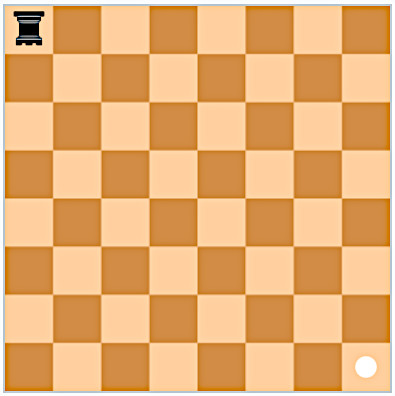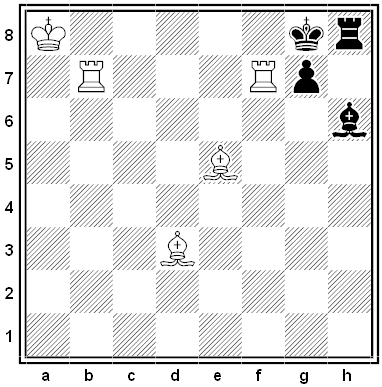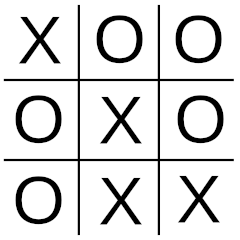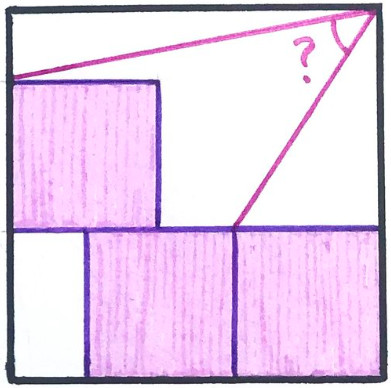
A wazir is a fanciful chess piece that can move one square horizontally or vertically, but not diagonally. This one finds itself in the upper left corner of the board. Can it make its way to the lower right while visiting each square exactly once?

A wazir is a fanciful chess piece that can move one square horizontally or vertically, but not diagonally. This one finds itself in the upper left corner of the board. Can it make its way to the lower right while visiting each square exactly once?
From Gerald Lynton Kaufman’s The Book of Modern Puzzles (1954):
“If all MULDRUFFS and all WALLAXES are predominantly RED throughout, what is the largest possible number of green SLACKENS in a WALLAX?”
A sobering problem from Gerald Lynton Kaufman’s Book of Modern Puzzles, 1954:
If a GLEEPER is as long as two PLONTHS and a half-GLEEPER, and a BLAHMIE is as long as two GLEEPERS and a half-BLAHMIE, and a POOSTER is as long as two BLAHMIES and a half-POOSTER, then how many PLONTHS long is a half-POOSTER?
“It may help you to make a sketch.”

With this problem D.W.A. Brotherton won second prize in a 1955 competition for British composers under 21. White to mate in two moves.

A puzzle by Paul Hoffman, from Science Digest. Could this game ever have resulted from a strict adherence to the rules of tic-tac-toe (noughts and crosses)?
A problem from Joseph Madachy’s Mathematics on Vacation (1966):
When Bert was just one year younger than Bill was when Ben was half as old as Bill will be 3 years from now, Ben was twice as old as Bill was when Ben was 1/3 as old as Bert was 3 years ago. But, when Bill was twice as old as Bert, Ben was 1/4 as old as Bill was one year ago.
“Ignoring odd months and considering that Bert has passed the half-century mark, it will be no problem to find out how old these three friends are.”
From Howard Dinesman’s Superior Mathematical Puzzles (2003):
How can you measure 9 minutes using two hourglass-style timers, one that measures 4 minutes and the other 7 minutes?
A problem by F. Nazarov, from the November/December 1994 issue of Quantum:
A person with fewer than 10 acquaintances is unsociable. If all your acquaintances are unsociable, you’re a weirdo. If all acquaintanceships are reciprocal (that is, if you know me then I know you), prove that unsociable people outnumber weirdos.
From Catriona Agg’s endlessly rewarding Twitter feed:

The three smaller squares are the same size. What’s the angle? (The outermost shape too is a square.)
A remarkably simple question by Russian scientist A. Savin, from the September/October 1995 issue of Quantum:
A ping-pong ball is tossed into the air. Will it take longer to go up or to come back down?